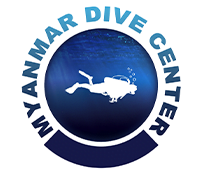MENUMENU
ENVIRONMENTAL CONSERVATION
ENVIRONMENTAL
CONSERVATION

Event 1
Eco Koh Tao specialises in preparing and instructing divers and dive professionals with an emphasis on all aspects of marine conservation. We believe that our training and education will make you a better diver and preserve our coral reefs for generations to come.

Event 2
Eco Koh Tao specialises in preparing and instructing divers and dive professionals with an emphasis on all aspects of marine conservation. We believe that our training and education will make you a better diver and preserve our coral reefs for generations to come.
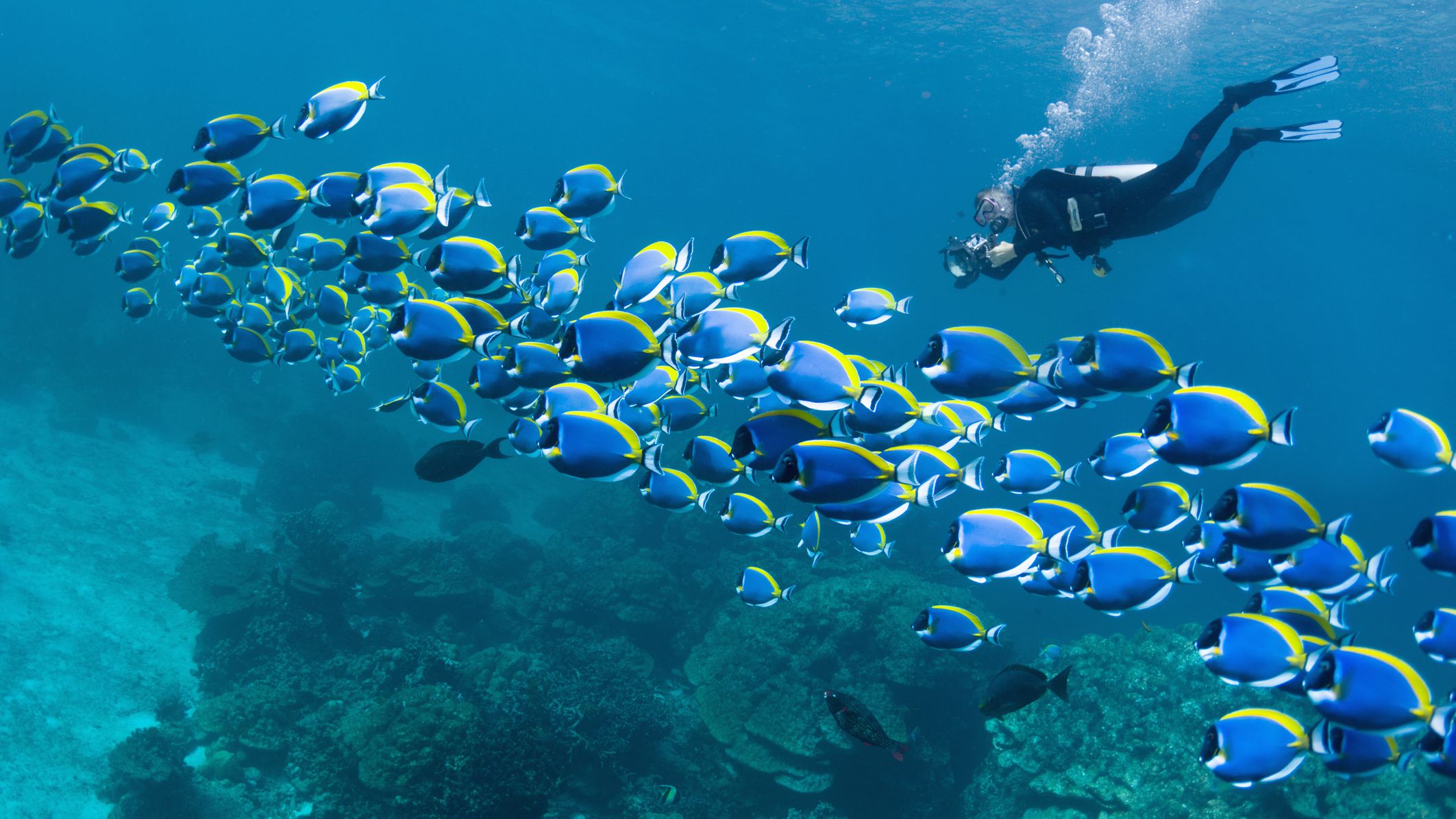
Event 3
Eco Koh Tao specialises in preparing and instructing divers and dive professionals with an emphasis on all aspects of marine conservation. We believe that our training and education will make you a better diver and preserve our coral reefs for generations to come.
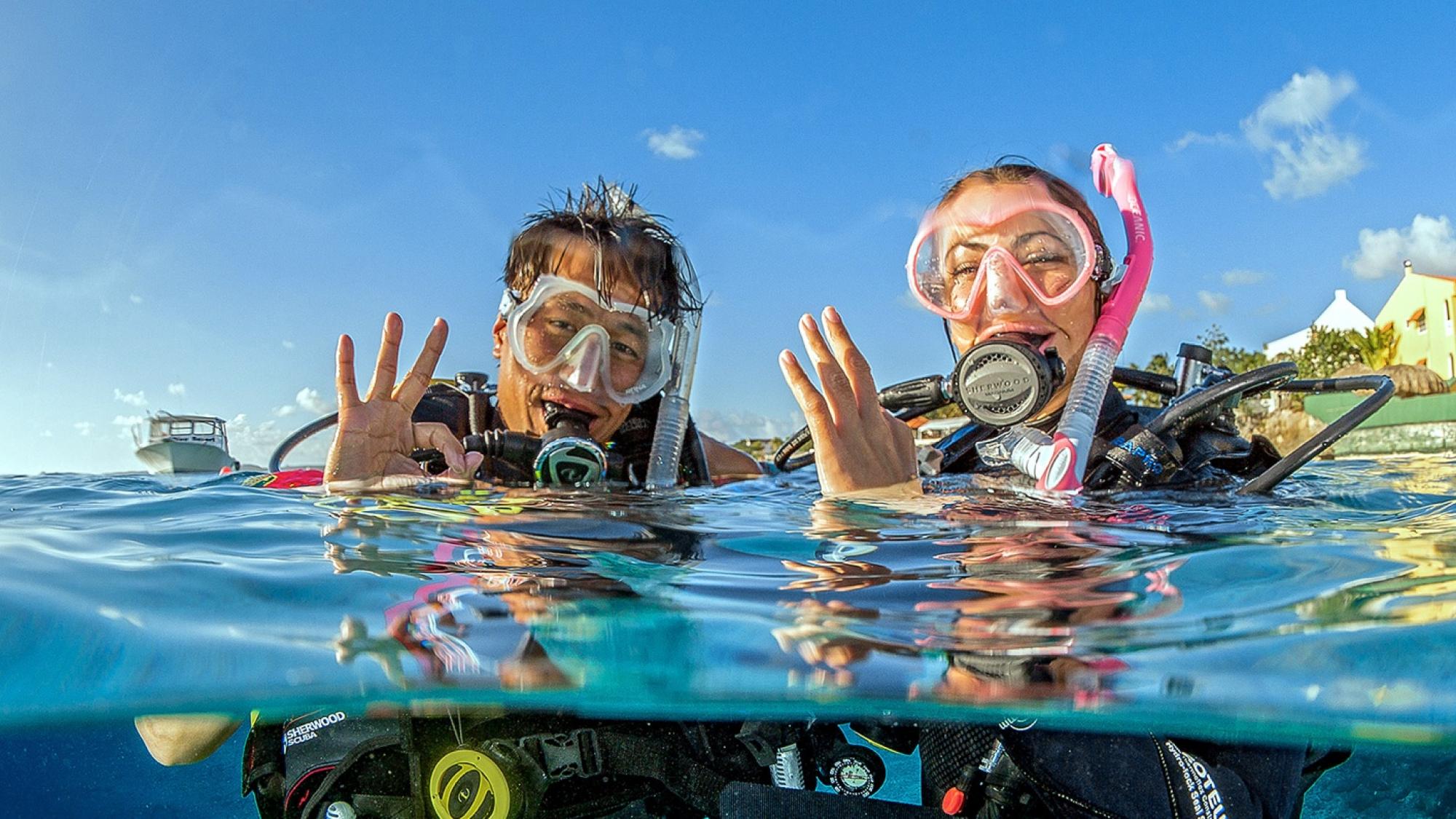
Event 4
Eco Koh Tao specialises in preparing and instructing divers and dive professionals with an emphasis on all aspects of marine conservation. We believe that our training and education will make you a better diver and preserve our coral reefs for generations to come.
PROJECTS
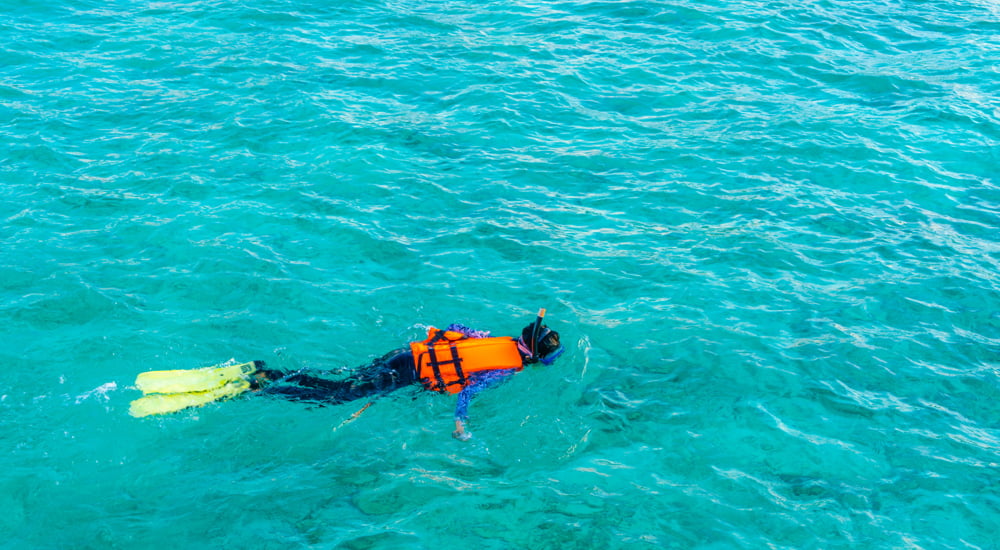
Coral Restoration
Helping our coral to survive by growing and transplanting.
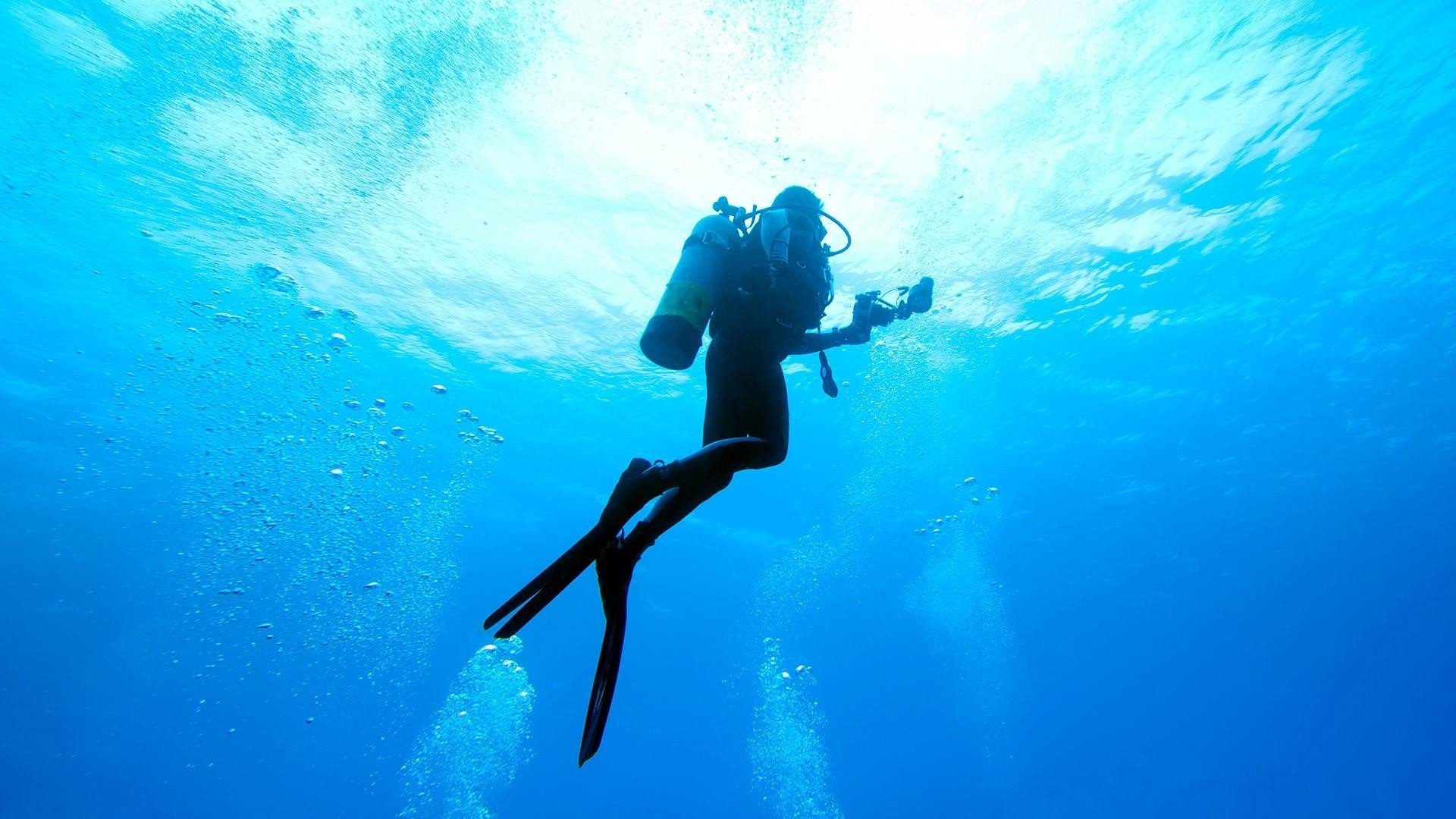
Artificial Reefs
Building underwater structures to help restoration areas.

Reef Check Surveys
Providing critical data to governments and scientists.
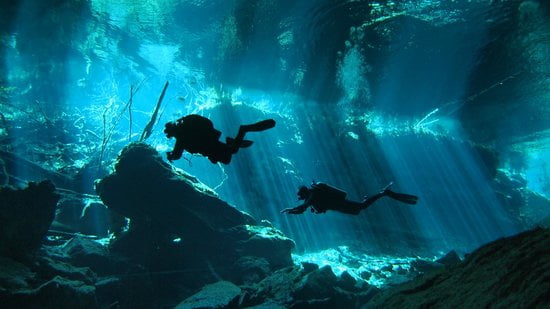
Debris Clean Ups
Cleaning the beaches and dive sites of our trash.
Aquatic World

It's practically a cliché to call the Earth a "water planet" or /'ocean planet." The reason is that it's true - water covers approximately 71 percent of the Earth's surface. Seawater makes L) about 97 percent of that water; of the three percent that is fresh/ three-quarters is frozen in the polar ice caps.
Water distribution isn't uniform. About 80 percent of the southern hemisphere lies underwater, compared to 61 percent of the northern hemisphere. Nonetheless, all the water on Earth connects in two ways. The first is that all the seas connect physically around the bottoms of the southern continents, as well as under the Arctic ice cap. For this reason, many oceanographers refer to "the ocean" rather than "the oceans/' All the "oceans" are actually one ocean.
All Water - including inland and underground bodies - connects through the kydrologioi; cycle. In theory over time, every water molecule eventually circulates through every ocean, sea, bay, river, lake or stream.
The hydrological cycle begins with solar (sun) heat evaporating water into water vapor in the air, either directly from standing water or from living organisms (plants, but even from you when you perspire). Water vapor rises and forms duds, eventually condensing into snow and rain to fall back to Earth, creating
fun off that feeds lakes, streams and rivers. Some seeps into the ground, where > tends to flow in underground
Water covers approximately 71 percent of the Earth's surface. Seawater makes up about 97 percent of that water; of the three percent that is fresh, three-quarters is frozen in the polar ice caps.
aquifers. All inland freshwater flow is I toward the ocean, which it eventually ||caches. Research shows that through jpfcehydrological cycle, runoff can carry Militants from long distances inland to the sea. This makes pollution anywhere a threat to the ocean, why water quality issues are a global, not just a regional, problem.
Mangrove Trees
As with coral reefs, the primary threat to coastal wetlands is human induced damage. Because they're on the coast, these environments are often considered prime real estate, and available for that use because the uninformed view them as "wasted swamps/7 Mangroves and estuaries have been dredged out to make harbors, or filled in for housing development. In other areas, wetlands have been destroyed by converting them into aquaculture farms. Depending upon the species farmed, this not only destroys the wetland, but increases wastes, toxins, diseases and chemicals escaping into the natural environment.
Fortunately, many countries now recognize that wetlands are essential for protecting their coastlines and preserving their environments. These areas are taking steps to replace poor coastal management and misguided land-use practices with complete coastal zone management.
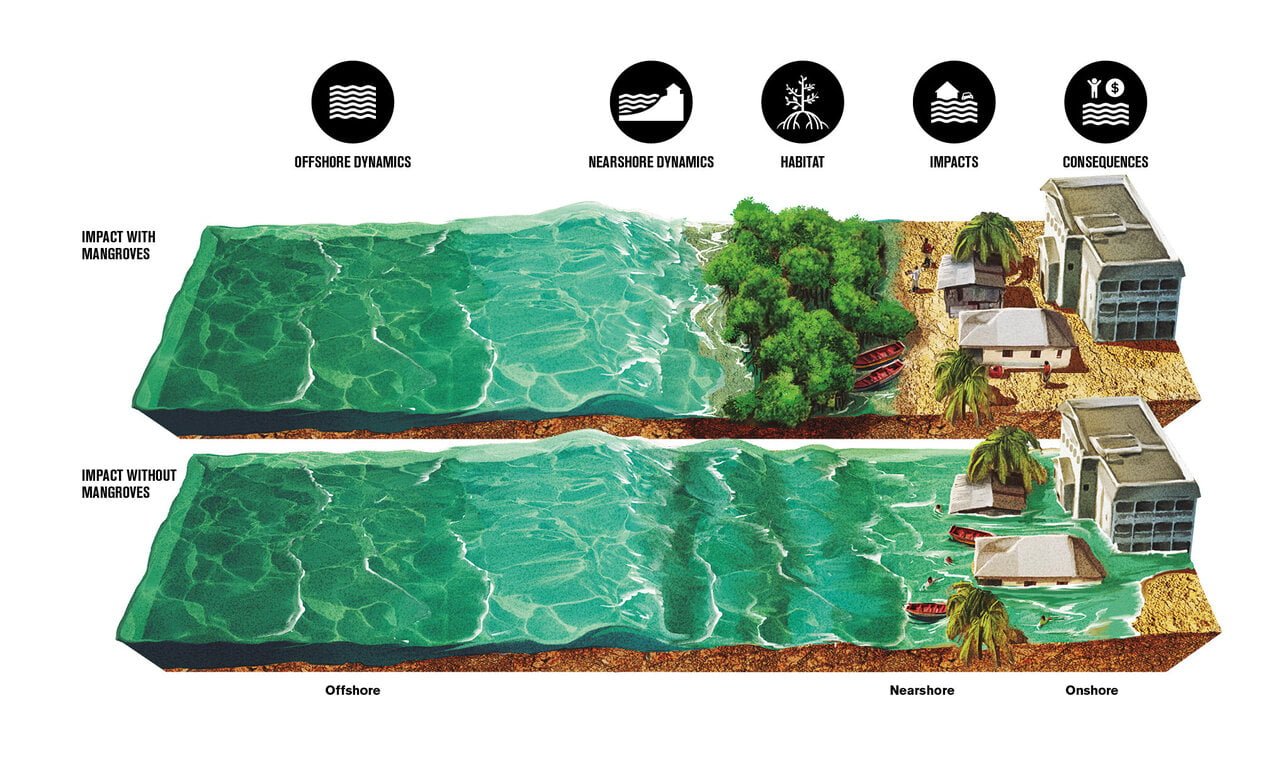
Alien Species

Seafood industry have done the same, such as recent finds of Maine lobsters on the North American west coast, and the Chinese snakehead (an Asian fish) inland. Carp came to North America, Europe and Australia from Asia as decorative fish for ponds and have become established there. Although there are efforts to contain, slow and even reverse (usually only successful if caught immediately before the organism migrates beyond a single local ecosystem) the spread of alien species, the only reliable measure is prevention. Some ecologists think that with rapid global transportation, the inevitable result will be a more uniform distribution of species, with a substantial loss of species diversity.
Wetlands
Although there's not a lot of diving in coastal wetlands (there's some, however), these environments are vital to the health of all other aquatic environments. Mangrove forests (also called "mangrove swamps;" "mangroves" for short), salt marshes and estuaries are highly productive environments with high nutrient density. Many marine fish and other organisms lay eggs in these environments, which provide ample food and a habitat sheltered from predators. This allows juveniles to grow and mature before leaving for the open ocean. This makes wetlands the world's "marine nurseries," crucial for both the ocean's ecological health and for the production of fish used as a human food source.
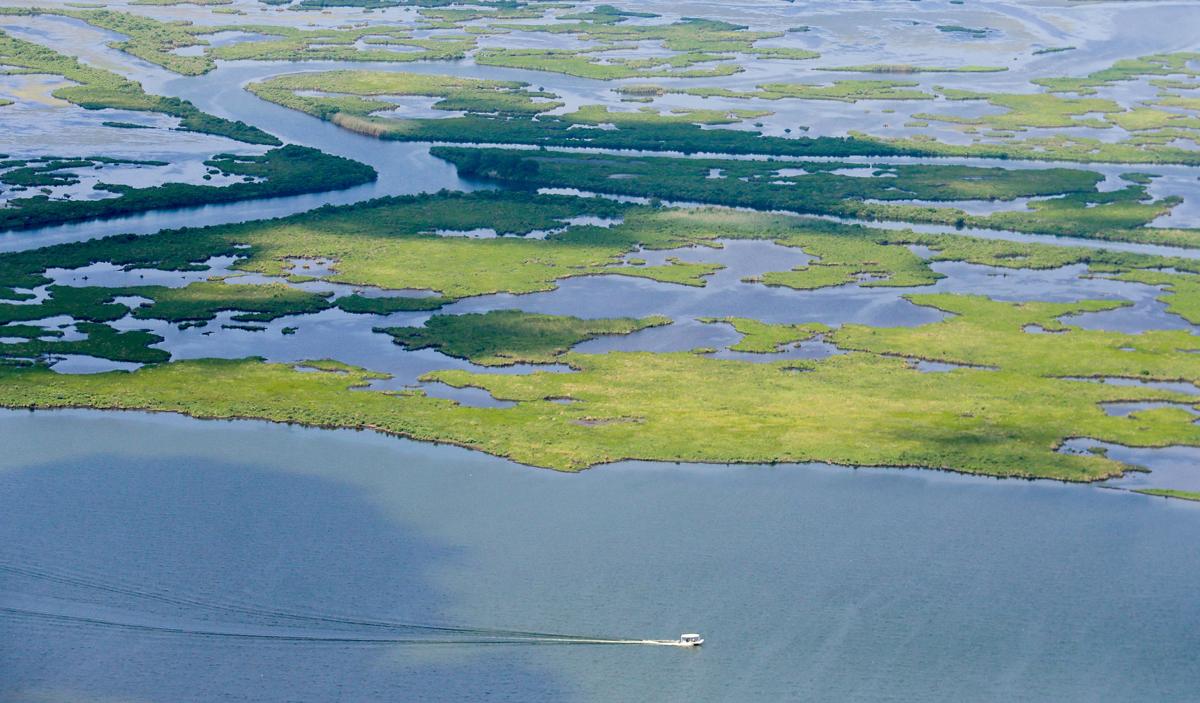
The term "mangrove" doesn't refer to a particular plant, but to several species that have the ability to live partially or entirely in salt water. Mangrove root systems provide habit for invertebrates such as mussels, sponges, tunicates, hydroids and oysters, as well as for juvenile fish. Seagrasses are flowering plants that form underwater beds in shallow water. They provide hunting and grazing grounds for reef fish, which later deposit nutrients in the reef as fecal pellets. Estuaries are partially enclosed bodies where fresh river water mixes with seawater. They accumulate nutrient-rich sediment from river runoff and provide extensive habitat for both fresh and saltwater species.
Mangroves, like all wetlands, are important for maintaining water quality because they trap excess nutrients, pollutants and sediments. This is especially important in coastal areas adjacent to nutrient/sediment sensitive environments like coral. Without the mangroves and seagrass beds trapping nutrients and sediments, the coral couldn't survive. The destruction of coastal wetlands often leads to a decline in offshore coral reefs for this reason.
Marine Fisher

For much of the world, fish and seafood are primary protein sources. Even cultures that have other primary sources consume significant amounts of fish and seafood. Furthermore, fish are sometimes caught to make livestock food or nonfood products (industrial fishing). Because of these demands, ocean fish catches have swelled to the point that many are no longer sustainable and are near collapse.
Part of the problem is that as fish populations have declined, improving technologies have allowed catch levels to remain high, making it possible to overfish many species.
Once a particular species becomes commercially extinct (not completely extinct, but scarce enough that they're not worth targeting), fishers may shift to a different target species. Many overfished species, such as the Patagonian Tooth fish (called "Chilean Sea Bass" in fish markets) do not reproduce fast enough to sustain commercial fishing. Population recovery of these species will take decades even if all fishing for these stopped immediately. Some fishing methods, like long-lining, have excessive by-catch kill rates (caught non-target species). Fishers generally dump these back into the sea.
Reducing Aquatic Animal Injury Risk
From the previous discussions, it's obvious that aquatic organisms are at greater risk from humans than humans are from aquatic organisms. That said, however, as a PADI Divemaster you should know how to reduce the chances of accidental injuries from the environment and aquatic organisms. You're likely aware of these guidelines, but to review them:

- Treat all animals with respect. Don’t tease or intentionally disturb them. Dive as unobtrusively as possible.
- Be cautious in extremely murky water. Pay attention to where you put your hands. Potentially aggressive animals could mistake you for prey in murky water; you may want to avoid diving in these conditions if they’re likely to be present.
- Don’t wear shiny, dangling jewelry. These items can resemble bait fish or other small prey and attract the interest of predators.
- Wear gloves (when appropriate) and an exposure suit to avoid stings and cuts. Note that some locations prohibit or discourage gloves to dissuade divers from touching fragile organisms; be especially cautious about what you touch.
- Maintain neutral buoyancy and stay off the bottom.
- Move slowly and carefully.
- Watch where you’re going and where you put your hands, feet and knees.
- Avoid contact with unfamiliar organisms. If you don’t know what something is, don’t touch it. A good general rule is that if an animal is very pretty or very ugly and doesn’t flee from you, don’t touch it!
Pollution

When you hear pollution, you may think of a highly toxic chemical entering the water. While many pollutants are such chemicals, organic matter, solid wastes, plastics and even heat are also pollutants that affect the aquatic environment. Billions of tons of rubbish and waste enter the aquatic environ¬ment annually. Some pollutants dissolve, some are ingested by aquatic organisms and some, like plastics, take hundreds of years to break down.
Organic waste. Organic waste is pollution caused most significantly by runoff from agriculture. Fertilizers and animal waste provide nutrients upon which bacteria or plankton grow, causing an algal bloom. The rapid overpopulation of the organisms depletes oxygen in the water, killing fish and other aquatic life, often leading to massive die-offs. These harmful algal blooms (HABs) in marine coastal environments are sometimes referred to as "red tides/7 Some types of dinoflagellate plankton that bloom in a red tide have a neurotoxin that accumulates in the food chain. This makes oysters and other seafood inedible. HABs do sometimes occur naturally, but the most common cause is nutrient pollution.
Human sewage. Human sewage is an organic waste, but doesn't usually cause plankton blooms. When it enters the aquatic environment, beaches and fisheries may close because it may contain pathogens that cause disease, such as typhoid.
Solid wastes. These include bottom material dredge from ports, harbors and rivers. Heavy metals, toxic chemicals, oil and other heavy waste tends to accumulate in the sediment, getting released into the water when dumped at sea. The material also buries and chokes bottom dwelling organisms.
Oil. Oil spills from tanker and drilling platform accidents are the most conspicuous sources of oil pollution, but globally the biggest source is oil from motor vehicles that makes its way into runoff. Oil can drown seabirds, kill marine mammals and wipe out shellfish beds. Ingested oil passes up the food.
YANGON HEAD OFFICE
Building (11), MICT Park, Hlaing University Campus, Hlaing Township, Yangon.
info@divinginmyanmar.com
NGWE SAUNG OFFICE
NGAPALI OFFICE
No.(36), Jade Taw Road, Mya Pyin (1) Quarter, Ngapali.
info@divinginmyanmar.com
WEATHER FORECAST
Copyright © 2022 Myanmar Dive Center
